(See my blog entry and mile/fuel stats here.) So why a thousand miles? Well, on my return from Boston to Tucson, I lost a rear tire to debris and a travel day due to I-81 southbound being completely closed. With the beginning of the semester approaching, I had to make up time. Heading west from just east of Little Rock AR after breakfast I managed to make it all the way to Las Cruces NM in 14 hours for an average of nearly 72 mph including stops. Yup. A cool thousand, including all the way across Texas:

1000 miles and 14 hours wouldn't have been realistic parameters in the crowded Northeast but in the vast emptiness that is Texas, one can just set the cruise control and listen to music. Well, there was heavy stop-and-go traffic going through Dallas but that was the only trouble spot I encountered. Speaking of music, I used my iPhone 3G for both iPod functionality and GPS navigation on this trip. Mounting options include simply placing the phone sideways in the instrument binnacle (displaying GPS-enabled Google maps):
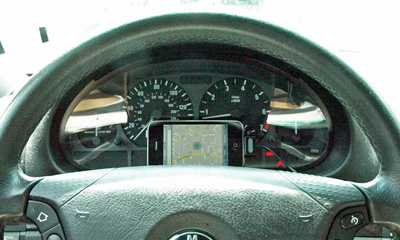
or using a generic vent mount (from aWalmart Supercenter) - here in iPod mode:
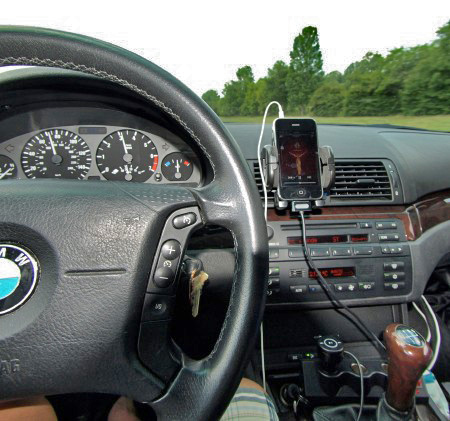
Compare this to what I did with my Garmin Etrex back in January here.) To interface with the aux input-free Harman Kardon sound system in my car and to feed the battery-hungry beast that is the iPhone 3G, I used a Griffin iTrip Autopilot FM radio transmitter and charger that I purchased at the Cambridgeside Apple store for this purpose. A vital accessory on a 14 hour day. I was pretty happy with the FM transmitter part because the iTrip Autopilot can be set in extended FM frequency range (76.0-108.0MHz) for international (i.e. non-US) use. Furthermore, my car was sold in multiple markets with the same radio/cd player. This means the radio can be rebooted in Japan FM mode (76.0-90.0 MHz) via the service menu and tuned down to an empty 76.0MHz here in the US. The sound quality is markedly better than in the regular noisy FM band here.
(For those of you who are not familiar with car radio FM transmitters, settling on an unoccupied, i.e. interference-free, frequency on FM can be a rather frustrating experience.) BMW Business CD service menu access: turn radio off then on. Hold down the m button for ten seconds, +/- buttons to find Area, preset 1 to flip through the areas, select Japan, then +/- reboots.
Griffin iTrip Autopilot extended frequency range: hold down center key until logo shifts position. Unfortunately, I was less happy with the charging function of the iTrip Autopilot. To my dismay, my iPhone actually discharged despite being plugged in! I opened a ticket with Griffin Tech Support:
[ME] Unfortunately, I've discovered there is a big problem with the itrip autopilot. Sometimes it doesn't give enough power to the iPhone 3G, esp. when the maps/gps is running and the ipod functions are playing to charge the iphone 3g. Worse still, when these functions are running, the iphone 3g actually discharges! As a result, i get warnings that it's down to 20% power etc. when I started with a full charge before plugging it into the itrip autopilot.The reply?
[Technical Support]This will happen if the iPhone is running multiple applications like you are on your trip. If you dim the iPhone screen a little, this will help. A good analogy would be... you're burning gas faster than you can fill up your tank. Does that make sense?Follow-up:
[ME]but I thought you'd have a version with a beefier power supply for the iphone 3g. It's wierd to plug it in and end up with a discharged battery. Like if I plug in my macbook and run lots of applications, I don't expect the batttery to run down.I gave up after the next reply:
[Technical Support]True, but its much different when you're talking about AC compared to DC. Thank you.Well,in my opinion this is a product defect. All I have to say is watch out if you buy the iTrip Autopilot: you may end up with a discharged iPhone 3G because the power supply is too wimpy and there is no warning of this anywhere in the product packaging.

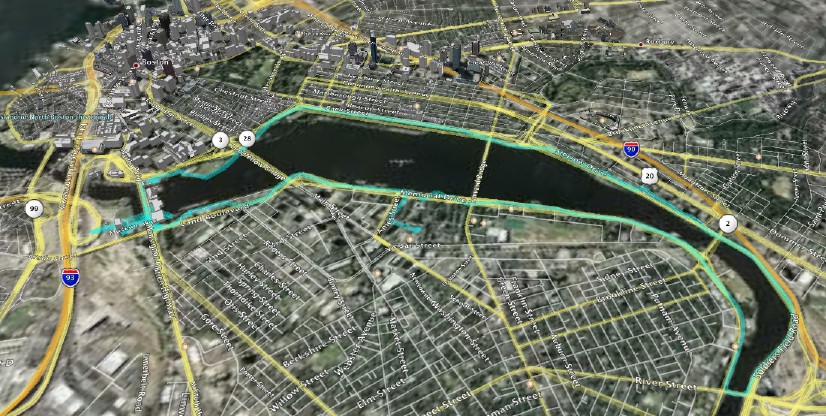
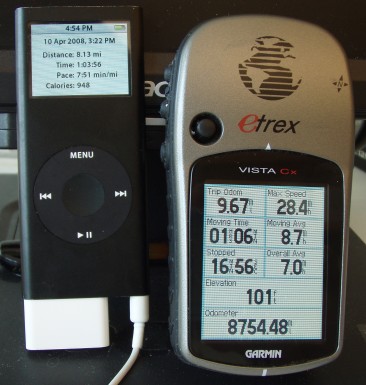
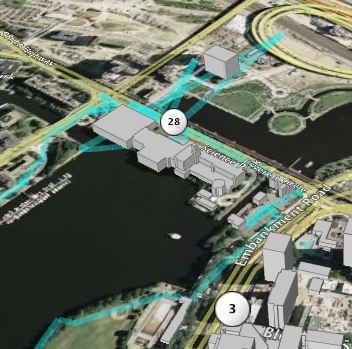
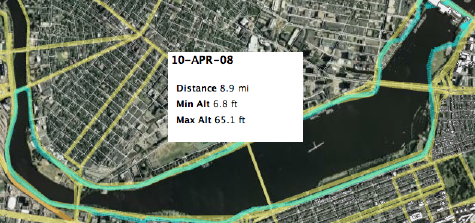
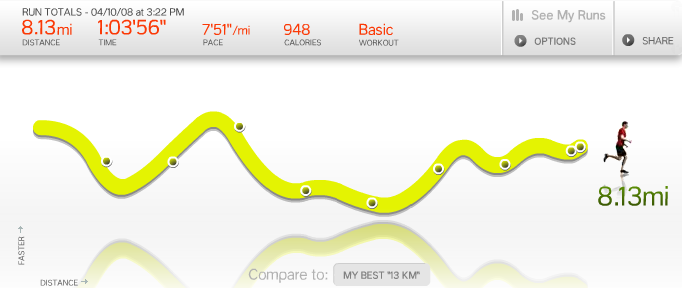
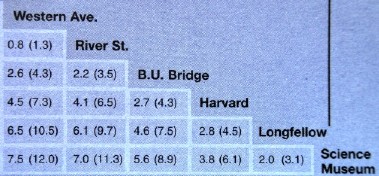
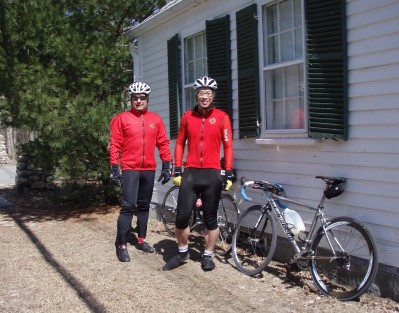 A quick opportunity to get a short and leisurely 28 mile loop before temperatures plummet again and the rain moves in.
Unlike out west (Arizona), New England has the advantage of having a dense network of backroads. Given local knowledge, it's possible to put together a beautiful and relatively traffic-free ride in a major metropolitan area. A friend, Pete Hausner, showed me one such route from his place in Newton.
A quick opportunity to get a short and leisurely 28 mile loop before temperatures plummet again and the rain moves in.
Unlike out west (Arizona), New England has the advantage of having a dense network of backroads. Given local knowledge, it's possible to put together a beautiful and relatively traffic-free ride in a major metropolitan area. A friend, Pete Hausner, showed me one such route from his place in Newton.

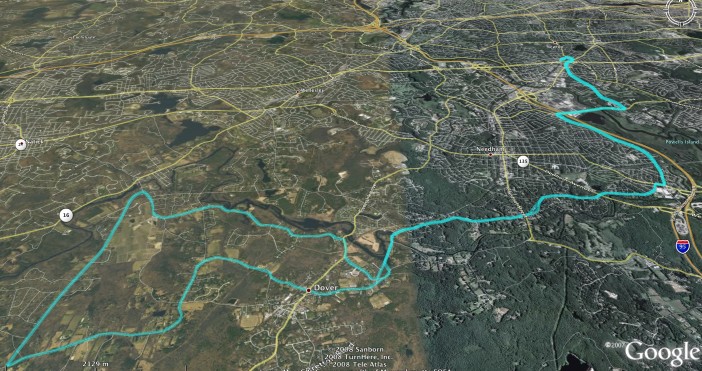
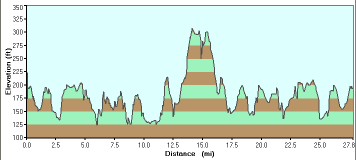
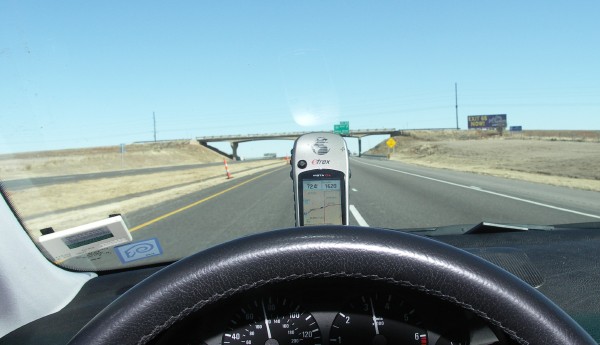
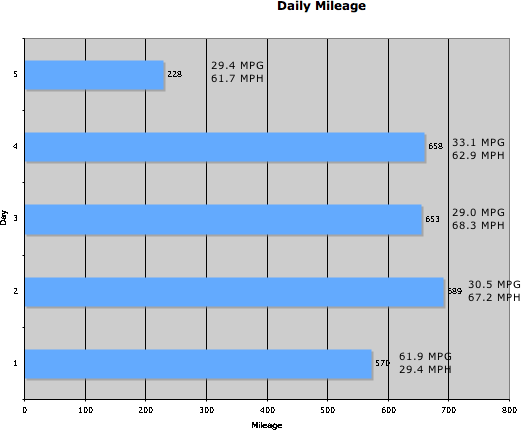

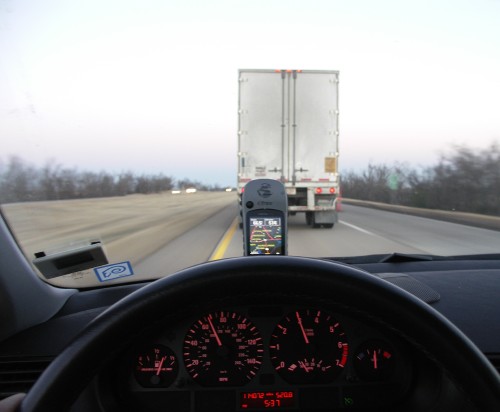
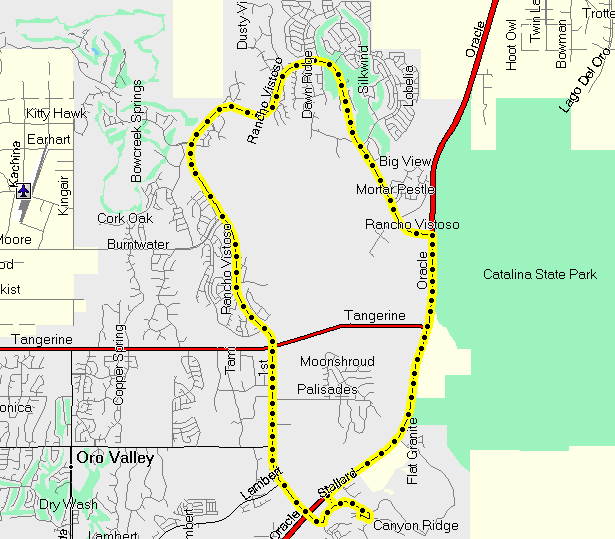

 The Vista Cx is being replaced by a more sensitive model with poorer battery life by Garmin.
The Vista Cx is being replaced by a more sensitive model with poorer battery life by Garmin.


